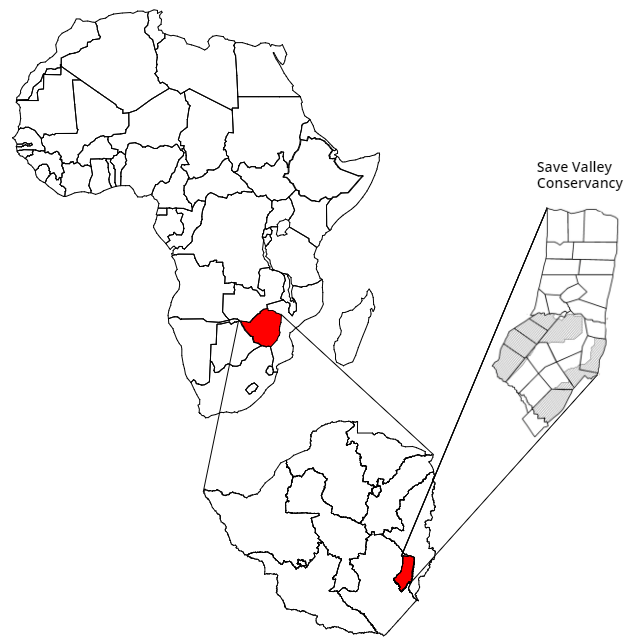Travel Information
Facts About Zimbabwe
- Zimbabwe is a landlocked country located in Southern Africa, between the Zambezi and Limpopo Rivers.
- It is bordered by South Africa to the South, Botswana to the Southwest, Zambia to the Northwest and Mozambique to the East.
- The name Zimbabwe stems from a Shona term for Great Zimbabwe, an ancient ruined city in the country’s Southeast region (Masvingo Province) whose remains are now a protected World Heritage Site.
- Zimbabwe was formerly known as Southern Rhodesia (1898), Rhodesia (1965).
- Zimbabwe is home to the world’s largest man-made lake and reservoir by volume. Lake Kariba. It is located on the border between Zambia and Zimbabwe.
- Zimbabwe has 16 official languages namely, Chewa, Chibarwe, English, Kalanga, Koisan, Nambya, Ndau, Ndebele, Shangani, Sign Language, Shona, Sotho, Tonga, Tswana, Venda and Xhosa.
- Zimbabwe is rich in natural views and fascinating landscape. You can enjoy the breathtaking views of the highland mountains, beautiful forests and lifeblood rivers.
- Victoria Falls, one of the world’s biggest and most spectacular waterfalls, is in the country’s Northwest Region and forms part of the Zambezi river.
- The country is mostly savannah, although the moist and mountainous in the Eastern Region support tropical evergreen and hardwood forests. Trees include Teak and Mahogany, Knobthorn, Msasa and Baobab. Among the numerous flowers and shrubs are Hibiscus, Spider Lily, Leonotus, Cassia, Tree Wisteria and Dombeya.
- Large parts of Zimbabwe were once covered by forests with abundant wildlife. Deforestation and poaching have reduced the amount of wildlife. Woodland degradation and deforestation, due to population growth, urban expansion and lack of fuel, are major concerns and have led to erosion and land degradation which diminish the amount of fertile soil. Zimbabwe is a country that relies mostly on hydroelectric power. Zimbabwe had once relied heavily on electricity from Mozambique and other neighbouring countries.
- Harare is a cosmopolitan and culturally vibrant place. The National Gallery here has one of the finest displays of African art in the continent and the Queen Victoria Museum houses fine anthropological exhibits from the area. The busy Mbane Musika market and bus terminal is one of the greatest open-air markets in Africa.
- Bulawayo is the second largest city in Zimbabwe, but it has curiously managed to retain a 1960s small-town America ambience. Huge tree-lined boulevards covered in flowers during spring watch over the town’s prime attractions. Places to visit are the National Museum (one of the best and most comprehensive on the continent) and an equally good Railway Museum.
- The Great Zimbabwe Ruins situated in Masvingo are an impressive set of stone complexes built between the 13th and 15th century when the ancient Kingdom of Monumatapa existed in all its glory.
- Kwekwe, formerly spelled as Que Que, was built during 1898 because of a gold mine that was discovered in the area. It was named after the Kwekwe River, a body of water near the settlement which was named after the croaking sound native frogs made. There are four different mine deposits that have been discovered in Kwekwe. Aside from being known for gold, Kwekwe is also an industrial hub for fertilizer and steel.
- Zimbabwe has the highest literacy rate in Africa at 90% of the population.
- Zimbabwe is believed to be the location of Ophir, the ancient wealthy country from which King Solomon got ivory, gold, and such other precious items.
- To Zimbabweans, a big stomach among men is a sign of wealth. It implies that they can afford meat daily.
- Zimbabwe has won a total of eight medals at the Olympic Games in two sports – hockey (1) and swimming (7). At the 2004 Summer Olympics, in Athens, Greece, Kirsty Coventry won three Olympic medals: a gold, a silver, and a bronze, while in the 2008 Summer Olympics in Beijing she won four medals: a gold and three silver. A gold medal was won by the women’s national field hockey team in 1980.
- Zimbabweans mostly call every kind of toothpaste “Colgate”, every soft drink “Coke”, every washing powder “Surf” and every floor polish “Cobra”.
- The ‘mbira’, which is a small hand-held instrument, has been played for more than 1,000 years in Zimbabwe. This instrument is also commonly referred to as a ‘thumb piano’.

Activities
- Hunting Safaris
- Walking Safaris
- Fishing – Bass and Bream
- Tracking Rhino
- Wild Dog Encounters
- Meals In The Bush
- Sundowners At Picturesque Locations
Post and Pre Holidays
- Bulawayo – Matopos National Park
- Eastern Highlands of Zimbabwe
- Kariba Dam
- Mana Pools
- Masvingo (Great Zimbabwe Ruins, Italian Prisoners of War Chapel)
- Mozambique Deep Sea Fishing
- Victoria Falls
We have put together and collected a few checklists and forms to help with your travel organisation. Please download the required pdfs from below:
Firearms InformationHunting Checklist
VISA and Medical Information
South Africa SAPS 520
US Customs Form 4457
Zimbabwe Firearms Temporary Import Permit